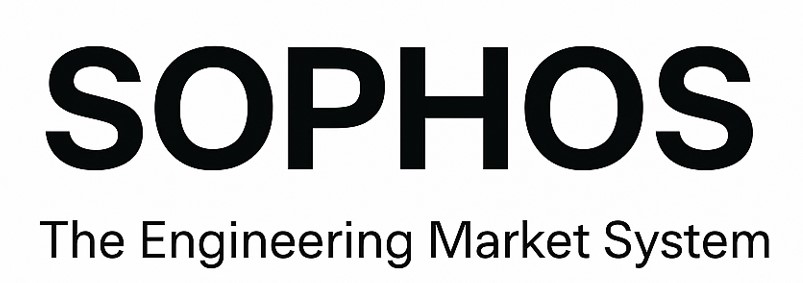Risk
The Concept of Risk in the Markets
Introduction
Common sense and established theory say: "Higher returns require higher risk."
Sophos proves this is a myth. It does not increase risk; it increases return.
Financial theory (CAPM, MPT) links expected profit with volatility and the assumption of greater risk. In practice, the investor is considered obliged to accept larger fluctuations and potential losses in order to claim higher returns. This is the well-known Risk–Return Tradeoff rule.
The Sophos Disruption
Stable Risk (R)
-
Risk is not volatility but the Entry–Stop distance.
-
It is known in advance and remains constant in every trade.
Geometric Returns
-
Through continuous position reinforcement, each successful trend multiplies returns without increasing total risk.
-
The downside is limited; the upside is exponential.
Continuous Opportunities
-
The Sophos logic applies to a wide range of instruments and timeframes.
-
Opportunities are not rare; they are a steady flow across the broad market.
In most discussions about financial markets, the word "risk" is almost always used with a negative tone. For the average person, risk means loss, gambling, insecurity. In reality, risk is not an enemy; it is a tool. It is the measure by which we evaluate probabilities and structure decisions. Without risk there is no profit, and without conscious risk management there is no strategy.
Sophos was built exactly on this principle: risk is the first variable defined. Profit comes only as a consequence.In most discussions about financial markets, the word risk almost always carries a negative tone.
For the average person, risk means loss, gambling, insecurity. In reality, risk is not the enemy; it is a tool. It is the measure by which we evaluate probabilities and organize decisions. Without risk there is no profit, and without conscious risk management there is no strategy.
Sophos was built precisely on this principle: risk is the first variable to be defined. Profit comes only as a consequence.
Risk vs. Gambling
The major misunderstanding is equating risk with gambling. Gambling means betting blindly, without rules, without measurement. Market risk, when measured and controlled, works in the exact opposite way: it protects capital and enables long-term profitability.
Example:
-
In gambling, you put €100 and hope.
-
In markets with risk management, you say: "In this trade I risk 1% of my capital. If it is lost, the damage is exactly that and nothing more."
The difference is fundamental: the first is a blind bet, the second is a calculated decision.
How Risk Is Measured
Risk is measured along three main axes:
-
Stop-Loss
Every position has an exit point if the market moves against it. This defines the maximum loss. -
Position Size
The volume of shares or contracts is adjusted so that the loss at stop-loss does not exceed the predefined percentage of capital (e.g., 1% or 2%). -
Reward-to-Risk Ratio
For every unit of risk, the strategy must aim for at least 3–5 units of profit. Thus, even with many losing trades, one winning trade covers everything.
Risk as a Protection Tool
The fastest road to capital loss is absence of measurement. Anyone entering markets without a stop-loss will, sooner or later, see their account reduced to zero.
Sophos does the opposite:
-
Sets the stop-loss automatically
-
Calculates position size so that risk never exceeds the limit
-
Keeps total capital protected
In this way, risk is not a blind threat but a tool of discipline.
Numerical Examples
Suppose a capital of €10,000 applies 2% risk per trade. This means the maximum loss is €200.
-
If Sophos achieves a 4R target, the profit is €800.
-
If it loses twice (–€200 –€200) and wins once (+€800), the net result is +€400.
The mathematical relation is simple, but most do not use it. For Sophos, it is non-negotiable.
The Common Mistake
Most new investors have no idea what they risk in each trade. They enter with all their capital or with random amounts, driven by news, advice, or instinct. One wrong trade can wipe out months of effort.
The irony is that the simple rule of 1–2% risk per trade is enough to protect capital even in the worst periods.
Sophos: Risk as the Basis of Strategy
In Sophos, the first step is not "where the market will go" but "how much will we risk."
-
The stop-loss defines the position size.
-
The reward-to-risk ratio defines the target.
-
The trend defines whether to participate or not.
Only when all three are in place does a trade open.
Conclusion
Risk is not something to fear. It is the indicator that organizes decisions. Just as an engineer designs a bridge with resistance to specific loads, Sophos designs every trade with a predefined loss limit.
The truth is simple:
-
Whoever ignores risk, loses.
-
Whoever measures and controls it, can win.
Sophos belongs to the second category.

